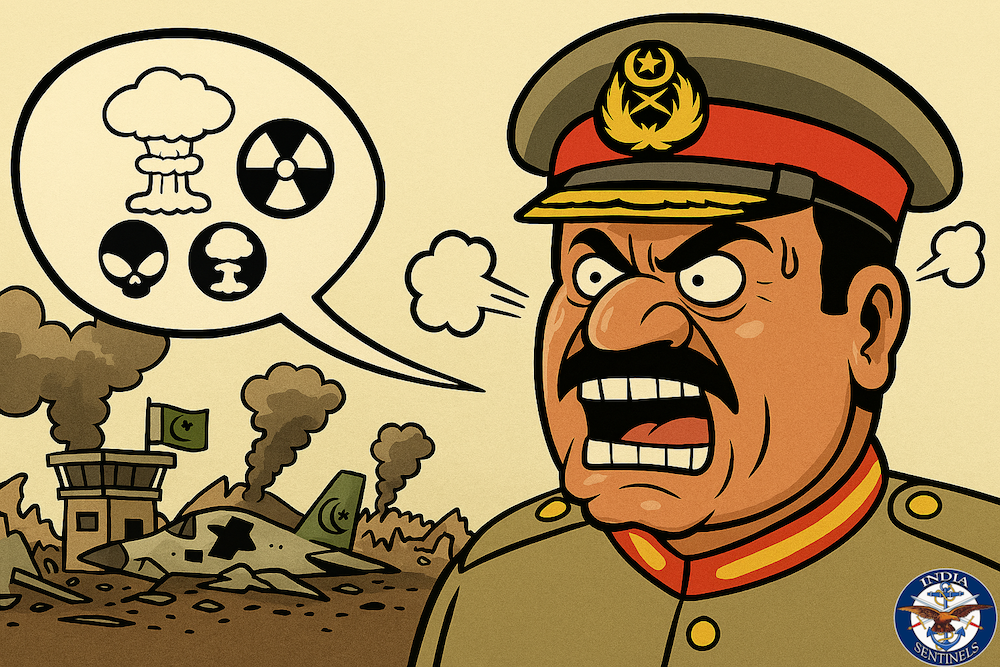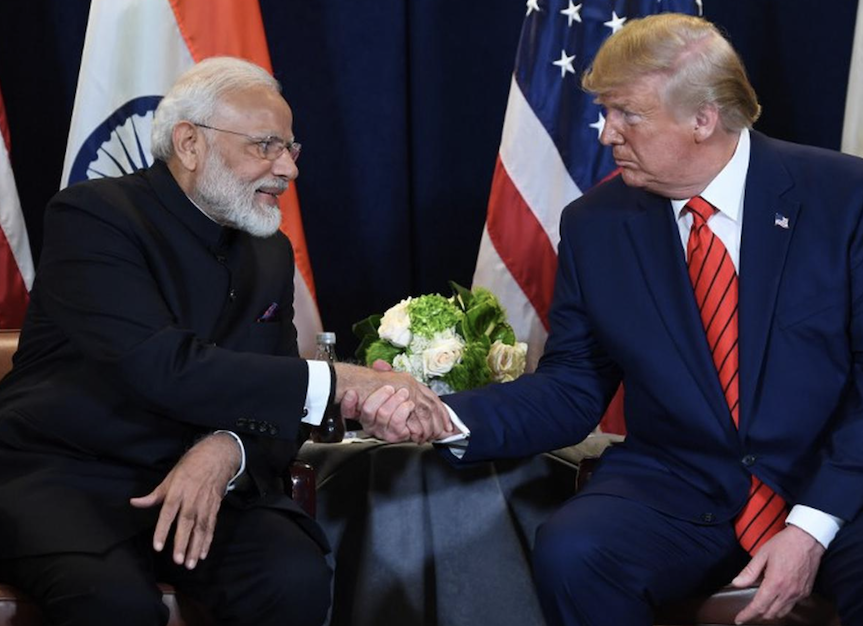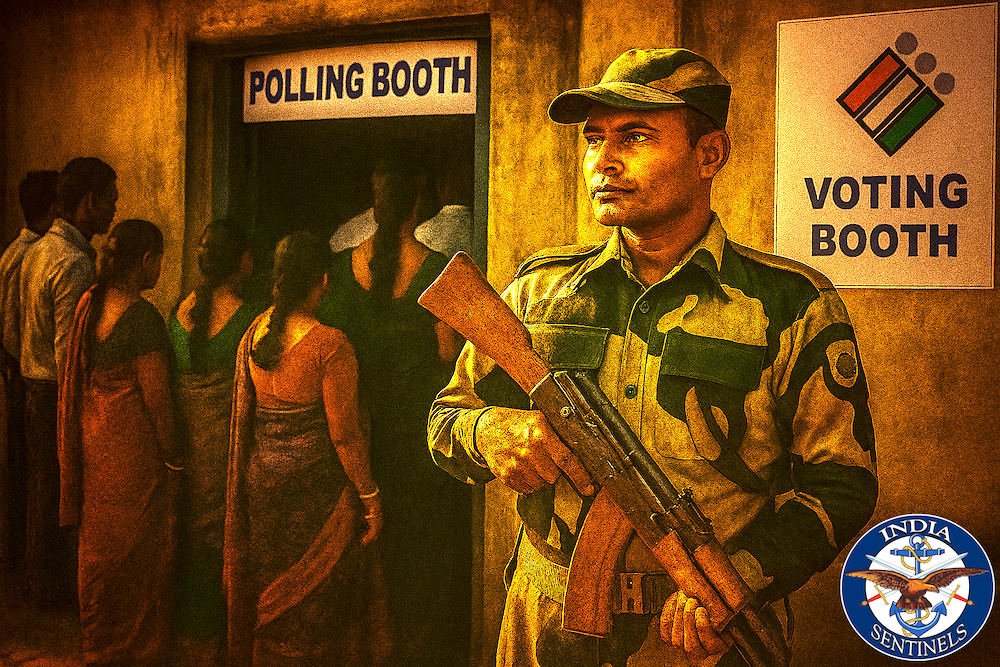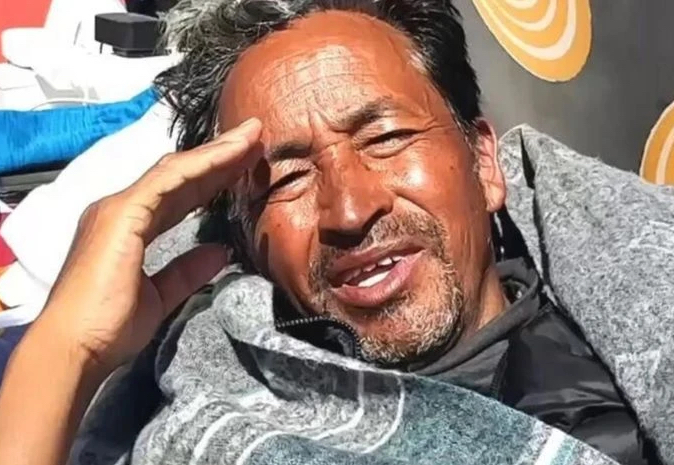 The mangled remains of the bus carrying CRPF personnel that was attacked by a suicide bomber on the Jammu-Srinagar highway, on February 14, 2019. (File photo)
The mangled remains of the bus carrying CRPF personnel that was attacked by a suicide bomber on the Jammu-Srinagar highway, on February 14, 2019. (File photo)
Good intelligence is a must for the success of all operations, but it has special significance in insurgency-infested areas due to the fact that insurgents fight a unique warfare devising unconventional methodologies to deceive superior forces. The February 14, 2019, Pulwama suicide attack on a convoy carrying Central Reserve Police Force soldiers on the Jammu-Srinagar highway was such an operation for insurgents.
The attack, in which the suicide bomber rammed his explosive-laden car, had killed 40 CRPF personnel. It was a bold and audacious, and exposed chinks in intelligence, security-surveillance, and road-opening procedures of our intelligence community and the security forces.
In April, the Pulwama attack again gained spotlight and prominence with the-then Jammu & Kashmir governor, Satya Pal Malik, claiming that the attack was successful due to avoidable intelligence and security lapses. He claimed that failure to track the explosive-laden car which was roaming around in the area for eight to 10 days and failure to man and barricade the eight or nine laterals leading up to the highway in and around Pulwama led to the tragedy. This could have been averted. In the same breath, he also questioned the denial of aircraft for ferrying the CRPF. troops, since there were continuous intelligence inputs about militants looking for an opportunity to target convoys carrying security forces on the Jammu-Srinagar highway.
Read also: In Punjab, healing touch needed to defang separatists
Therefore, one can safely conclude that security and intelligence failure led to the deadly attack.
The security compromise further gained prominence with former Indian Army chief General Shankar Roychowdhury wading into the issue. Speaking to the Telegraph, the former Army chief said the “Pulwama massacre could have been averted had the CRPF jawans travelled to Srinagar by air rather than along a road that is always ‘vulnerable to attack’.”
There is no denying the fact that the convoy which was attacked was long and carrying troops. It is also a fact that it was not the first time a long convoy was travelling on this road. Such long convoys have been travelling on Jammu-Srinagar highway all the time. Troops were moved by air only during emergencies.
In view of visible security lapses that led to the attack resulting in the loss of dozens of lives and the views expressed by the former governor and former Army chief, there is a need to carry out an honest analysis of various security aspects before the green light is given to for any convoy to travel on sensitive routes, such as the Jammu-Srinagar highway.
In case there is little or any iota of apprehension of likely breaches in security due to any reason, the option available is to delay the move, make full-proof security arrangements, and then initiate the movement of the convoy. However, if the necessity for security demands immediate movement of troops, travel by air is an option that must be considered.
It is a fact that at the time of the attack, the security situation in Jammu & Kashmir was volatile and there was an ongoing induction of additional troops in the Kashmir valley. There were rumours that induction of additional troops was in preparation for a major event, which was likely to take place. There were also curbs on the internet. The security environment was such that full-proof security arrangements were imperative before any troop induction by moving them through the road was initiated. These arrangements must be repetitive every time security forces move in convoys. Repetitiveness leads to complacency and complacency results in lowered alertness. Therefore, there must be time gaps between convoy movements to avoid monotony in troops involved in road-opening and protection duties.
Read also: Punjab turbulence impacts national security, collective effort need of hour
The basic exercise carried out before any convoy movement in militancy- or insurgency-affected areas is total sanitization of the road itself plus, at least, the two strips of land along both sides of the road up to a depth of two hundred to four hundred metres, depending upon the terrain and topography. It also involves total sanitization of bridges and culverts, and pipelines for any bombs, improvised explosive devices (IEDs) or suspicious looking objects. In addition, all laterals or link roads merging into the main road are manned or blocked. Only after the road-opening party gives clearance, the convoy movement on the road is allowed.
In the Pulwama case, it appears that the road-opening party has given the clearance and hence convoy was allowed to move on the particular stretch.
Now the pertinent question that automatically arises is whether the sanitization of the road and its subsequent opening was carried out properly. Were link roads merging into main road manned or blocked to stop any traffic movement on to main road? Were area-domination and sanitization-operations organized in view of available intelligence that a car laden with about three hundred kilograms of explosive was moving around in the area?
The probable, logical, and reasoned answer to all the questions seems “no”. It means only one thing: the road clearance was not done properly. The go-ahead for the movement of the convoy was given without proper sanitization, which was a major lapse on the part of those responsible for road clearance and sanitization.
Read also: Leadership of security forces is failing nation to control Maoists
Road-opening is a tactical time-consuming operation in insurgency- or militancy-hit areas. It needs to be executed meticulously to avoid oversight. Why it was done in a perfunctory manner in the Pulwama case can only be known after a thorough inquiry. In case there were constraints in ensuring proper road-opening, the second-best option was to either delay the move or ferry troops by air.
Only an earnest inquiry into what led to the 2019 Pulwama attack will reveal the truth and help the security forces to fix the loopholes. Until then, speculations, many of them wild and outlandish, will continue to make rounds. Worst of all, the politicization of the tragedy will continue, as it is today.
Follow us on social media for quick updates, new photos, videos, and more
Twitter: https://twitter.com/indiasentinels
Facebook: https://facebook.com/indiasentinels
Instagram: https://instagram.com/indiasentinels
YouTube: https://youtube.com/indiasentinels
Disclaimer: The views expressed in the article are the author’s own and don’t necessarily reflect the views of India Sentinels.
© India Sentinels 2022-23










